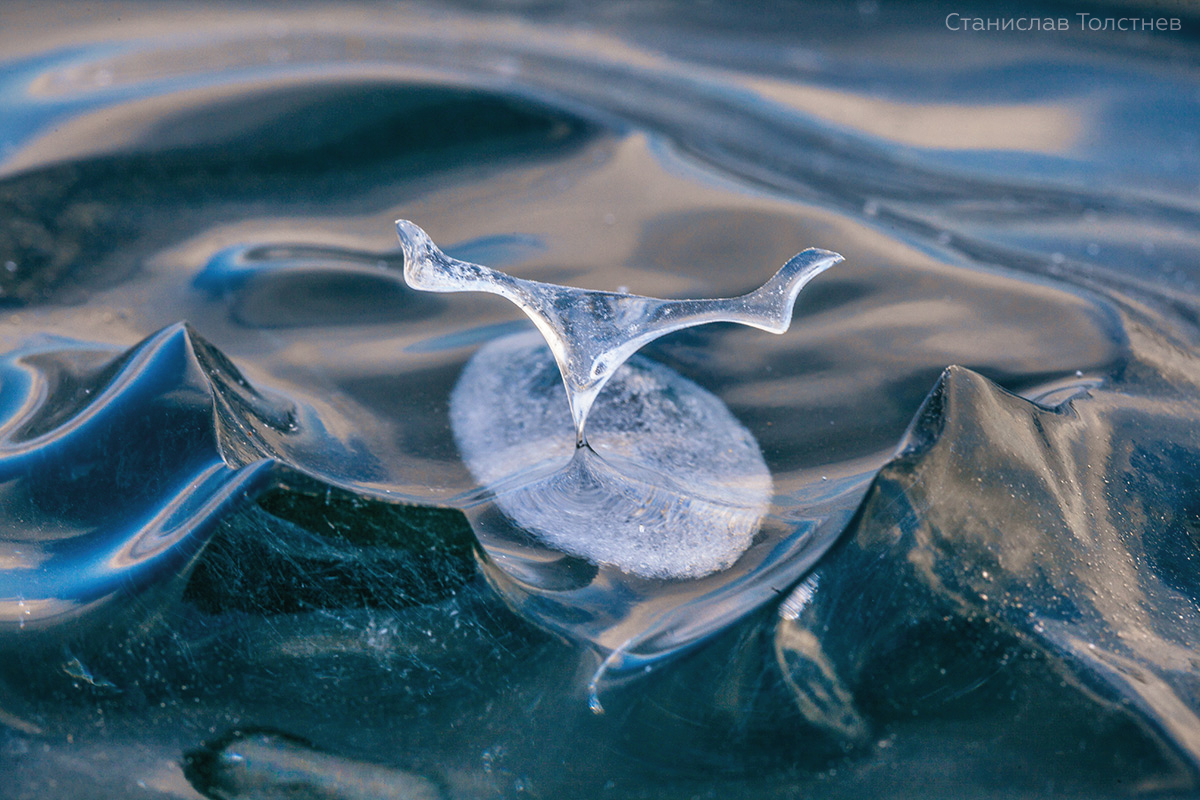Supporting the environmental monitoring program on Lake Baikal — “Point No1”

December 5, 2016 – nowadays
It has been eight years since Lake Baikal Foundation started to support one of the key projects of Scientific Research Institute of Biology at Irkutsk State University — a long-term ecological monitoring program on lake Baikal entitled “Point No1”.
Due to reassignment of state allocations for science in favor of short-term competitive projects, “Point No1” was on the verge of closing due to underfunding.
The project has been put on the Russian Book of Records list as the most long-lasting regular environmental monitoring project in history of science: the project has been conducted without interruptions for over 75 years. The monitoring program was launched by world famous researcher of the lake Professor Mikhail Kozhov in February 1945. The survey implies taking samples of phyto- and zooplankton, measuring the pelagic zone (the water column). All data are recorded in the unique database which represents an array of valuable information for scientific community. Monitoring data is also included into the annual state report “The State of Lake Baikal and Measures for its Protection” issued annually by the Ministry of Natural Resources of the Russian Federation.
Despite the fact that the major part of the lake Baikal environmental monitoring is carried out by authorized state bodies, historically, it was the experts of Scientific Research Institute of Biology at Irkutsk State University who made comprehensive analysis of species composition of phyto- and zooplankton. Over five million records have been accumulated reflecting the weekly condition of the lake Baikal pelagial ecosystem throughout seven decades.
Such kind of research is essential for monitoring the condition of lake Baikal because the quality of its water is defined for 90% by plankton. As plankton’s quantitive and qualitative characteristics are constantly changing, it is necessary to provide permanent monitoring and sampling. Only thanks to such long-lasting research which is being held for decades, it is possible to detect important trends of the Baikal’s ecosystem. Сonsidering invaluable importance of “Point No1” for studying and saving Baikal, the Foundation provided financial assistance to the project.
Goals:
- to prevent the unique scientific research “Point No1” of Scientific Research Institute of Biology at Irkutsk State University from closing and to provide regular data about the Baikal’s ecosystem;
- to contribute to the development of the project and to its technical facilities.
Targets:
- to provide grant assistance to Scientific Research Institute of Biology at Irkutsk State University for implementing “Point No1” project;
- as a part of assistance to continue annual sample collection in lake Baikal;
- to implement AI technologies into the environmental monitoring of Baikal.
What has been done:
- Lake Baikal Foundation supports “Point No1” with over 13 million rubles.
- Regular sampling is conducted once in two weeks since February 1945 at “pelagic station No1” (so-called “Point No1”). The station is situated on the southern part Baikal near the settlement Bolshyie Koty at 2,7 km distance from the coast. Every 7-10 days the scientists collect samples of phyto- and zooplankton. Then the sample go to labs where they are put under microscope. After detailed analysis information about more than 700 forms of zooplankton and more than 400 forms of phytoplankton is keyed into a single base.
- The technological partner has been involved in the project in 2021 —. Yandex.Cloud and Maritime AI launced the project on digitalization of monitoring programme of phyto- and zooplankton in Baikal with implementation of special neural networks. The neural network is necessary for automatic recognition and classification of microorganisms in samples of Baikal water
Results:
- By the results of 80-years research the scientists spotted the following trends:
1) decrease in the abundance of large-celled endemic Baikal submarine algae and endemic Baikal submarine rotifers;
2) increase in the abundance of cosmopolitan small celled algae, cosmopolitan summer rotifers;
3) biodiversity of subglacial algae is closely related to water temperature under the ice – the lower the water temperature, the more species of endemic algae develop there, and vice versa, the higher the temperature, the greater the proportion of cosmopolites;
4) according to the data of long-term dynamics for the period from 1946 to 2024, there is a slight decrease in the number of paddlefish in the zooplankton. Moreover, this trend is observed both for the endemic Episthura baikalensis and for the non-endemic species Cyclops kolensis. In addition, there is a decrease in the number of endemic rotifers of the ice complex and non-endemic year-round rotifers, which develop both under ice and in summer-autumn. However, it should not be underlined that there is also an increase in the abundance of some groups of zooplankton, including branchiopod crustaceans and the summer-autumn group of rotifers.
- Since 2016, data obtained has been incorporated into the annual climate report, “State of the Climate” published by the American Meteorological Society.
- The neural network being implemented is already automatically analysing more than 100 forms of zooplankton, which saves scientists considerable time and allows them to plan the expansion of monitoring to other locations.
To date, 604 samples containing over 221,000 zooplankton images have been uploaded to the automatic analysis system. This amounts to more than 142,000 objects, with an average of 280 objects per sample. The database contains photographed samples from 2013 to 2024.
- The monitoring results are important for understanding the processes taking place in the Lake Baikal ecosystem and its response to global climate change.
- A total of 22 samples were taken in 2024, 132 zooplankton and 198 phytoplankton samples were analysed. In 78 years, about 31 thousand samples were taken from different water layers, of which 12 thousand were taken to assess the species composition and abundance of zooplankton and 19 thousand to assess phytoplankton.
- In the zooplankton community in 2024 there is an outbreak of cyclops and heat-loving rotifers. But the most massive component of zooplankton is more than 80%.
What will be done:
- Plankton monitoring will continue in order to verify the reliability of the emerging trends.
Scientific Reports
Scientific report on the long-term ecological monitoring program of Lake Baikal “Point No.1” for 2023
Scientific report on the long-term ecological monitoring program of Lake Baikal “Point No.1” for 2022
Scientific report on the long-term ecological monitoring program of Lake Baikal “Point No.1” for 2021
Scientific report on the long-term ecological monitoring program of Lake Baikal “Point No.1” for 2020
Scientific report on the long-term ecological monitoring program of Lake Baikal “Point No.1” for 2019
Scientific report on the long-term ecological monitoring program of Lake Baikal “Point No.1” for 2018
Scientific report on the long-term ecological monitoring program of Lake Baikal “Point No.1” for 2017

